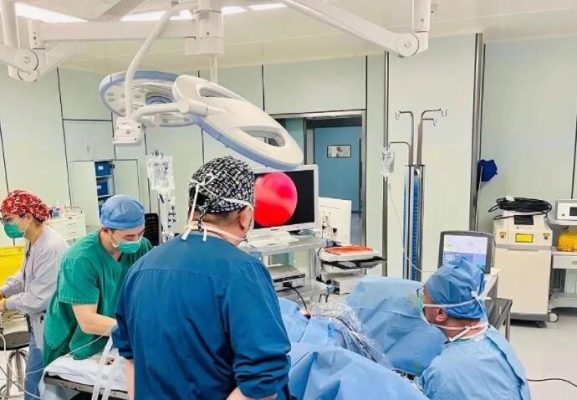PEEK/PEKK se convierte en un material de impresión 3D práctico y costoso
SmarTech recently published a 10-year forecast report on «Polymer and Plastic 3D Printing «, which analyzed the «thermoplastic plastics» market and predicted that PAEK (polyarylene ketone) materials will usher in new business opportunities in the next decade. It is expected to account for 19% of the profits of 3D printing polymer materials by 2026, but only account for >8% of the entire polymer 3D printing equipment market.

Recently, some start-ups such as Roboze in Italy and INDMATEC in Germany have launched very economical extrusion systems based on advanced thermoplastic filaments, mainly for PEEK materials.

PEEK/PAEK materials “invade” the powder bed fusion market
SmarTech analyzed that several factors, especially SLS technology, have accelerated the application of PEEK/PAEK:
1. Manufacturer EOS has used PEEK for SLS 3D printing. PEEK/PAEK polymers can be used for 3D printing with material extrusion, but are currently mainly used for powder bed fusion. EOS offers certified PEEK materials (developed by Rauch) and is one of the few suppliers that can provide certified advanced thermoplastic powders developed for its own technology.
2. PEEK/PAEK polymers are generally used in high-cost industries, such as making some high-performance 3D-printed components with high strength, light weight and complex geometric shapes. They are currently mainly used in aerospace and medical applications, and their applications in the energy field are also continuing to expand.

3. SmarTech predicts that the number of medical implants made of PEEK/PEKK materials will increase. The SpineFab implant product of Oxford Performance Materials in the United States is a certification of the load-bearing capacity of laser-sintered PEKK parts. In the field of implants, titanium alloys have been the mainstream for nearly a decade, but the high cost of titanium powder has caused titanium implants to lose some of their competitive advantages; some studies have shown that PEKK implants can not only provide suitable load-bearing strength, but also have a lighter overall weight.
A glimpse into the future of PEEK in the extrusion technology market
SmarTech’s report on polymers also analyzes in detail the trend that PEEK and PEKK will gradually and partially replace ULTEM materials: Currently, ULTEM materials occupy most of the market share of advanced thermoplastic materials for 3D printing, but their prices are relatively high; on the other hand, the maturity and commercialization of material extrusion equipment from some manufacturers such as Stratasys will help increase the use of PEEK/PEKK materials and expand the application scope of these materials.

Roboze One +400, announced by Italian 3D printing equipment manufacturer Roboze in 2015, is said to be able to achieve an extrusion temperature of 400°C and can print PEEK and PEI filaments. This equipment includes a special cooling system that can stabilize the material performance and avoid the warping problem that is easy to occur under high-temperature extrusion, and will not infringe on Stratasys’s sealed chamber patent. Germany’s INDMATEC also announced the launch of PEEK filaments that can be truly used for 3D printing in 2015, and the matching equipment is listed at a price of about US$40,000.
As thermoplastic materials for material extrusion and polymer powder bed fusion technologies continue to open up to the market, the growth of these materials will further rely on the development of special applications that can replace existing metal structures and components in high-performance products and industries. Therefore, thermoplastic materials will largely depend on the public’s adoption of 3D printing as a production tool.
Another key factor in the growth of the PEEK/PAEK materials market is the ability of these materials to be reliably processed by new generation thermal-based powder bed polymerization systems such as HP 3D printers . The laser sintering performance of materials such as PEEK/PEKK has accumulated more than 5 years of commercial-grade development process, and its explosion will come some time before thermoplastic powders can truly be used to replace powder fusion methods. If this is achieved, the 3D printing materials market could undergo a very significant shift.



